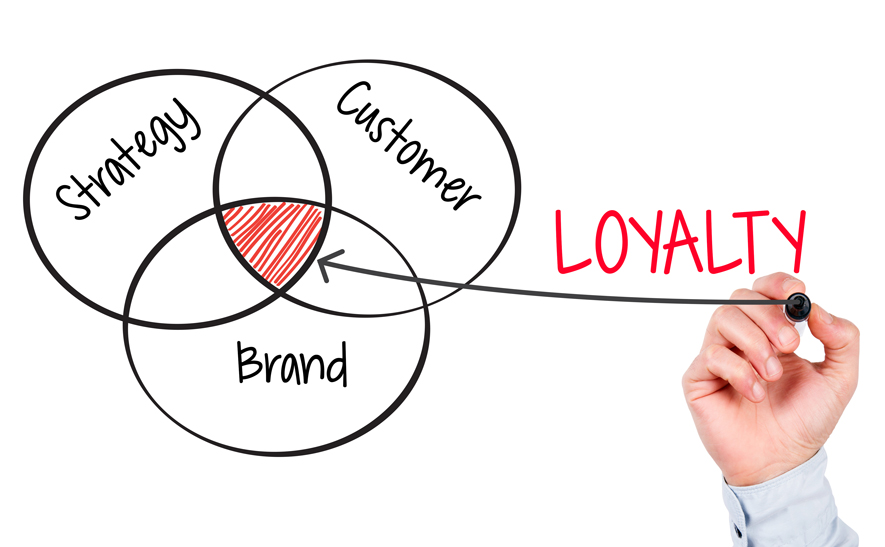
iStock by Getty Images
Branding is so much more than having a cool logo or flashy website.
Sure, today you have to be able to engage your audience and “tell your story” . . . but if you don’t tell it the right way, you’re left with nothing but a wasted opportunity.
This is where branding strategy comes into play.
Many startups, small businesses, and entrepreneurs only look at the present, focusing on short-term rather than the long-term growth and success of their business (the difference between a startup that dies after 6 months and a prosperous business such as eCommerce giant, Amazon).
So what exactly does branding mean? By definition, it means, “making a mark”. OK, that’s pretty vague.
Let me explain.
Branding is not a one-size-fits-all kind of deal. Simply put, branding differentiates you from your competitors, and it allows you to control how you want to be perceived.
This is something that so many people neglect because they are involved in every other aspect of the business—they are overwhelmed.
Building a brand is a process. So where do you start?
Step 1 – Determine your target audience
Your business might be founded on a brilliant idea, but until you determine your target audience, your marketing efforts are going to suffer.
Who am I trying to reach? Who does my product/service appeal to most? Who is my ideal customer?
Now use this data to align your brand’s efforts with your target audience.
Step 2 – Research competing brands within your industry
Today, even the most original ideas have competition, and untapped niches are few and far between.
Scout out your competitors. What are they doing right? What are they doing wrong? How can you draw influence without becoming a carbon copy of other businesses?
Step 3 – Choose a brand name that is easy to spell, say, hear and REMEMBER
It’s easy to overthink naming your brand; but the most important thing is that you choose something that can be spelled, pronounced, and remembered.
If you’re able to use your brand name to clue your audience in on what your business is about, that’s a plus!
Step 4 – Define your brand
Recommended for You
Webcast, August 21st: The New Rules of Content Optimization for 2018
Your brand can be anything. And until you spend some time defining your brand and narrowing your focus, that’s exactly what it will be – anything.
As we mentioned earlier, branding is not a one-size-fits-all kind of deal. Developing your brand’s identity allows you to create something unique and marketable.
Step 5 – Create value propositions
In online marketing, you don’t have the benefit of a face-to-face conversation or a facility that showcases your latest products and services. This makes value propositions extremely important to your brand.
What are value propositions? These are main selling points of your brand. They are what separate you from your competition.
Once you identify your value propositions, be sure to put them on display.
Step 6 – Set brand guidelines
Brand guidelines (or style guides) are often overlooked by small businesses, but they are an important component of a brand’s identity.
A clear set of brand guidelines allows you to maintain order and uniformity. A brand without guidelines looks scattered and unsure of itself.
Step 7 – Stand out from the crowd
If you followed steps 2 & 5, you should be able to start carving out your own lane within your industry or niche.
But if you’re still feeling this out, ask the people around you for honest feedback. What do they see as most attractive about your business? These are elements worth emphasizing.
Step 8 – Be consistent
The only way to build brand trust is through consistency.
If you make a 100% guarantee but only deliver 90% of the time, that’s not being consistent. If you boast a one-hour response time but don’t respond to someone for 24 hours, that’s not being consistent.
When it comes to building trust, all of the little things do matter.
Branding strategy is critical to the success of any business. If you dream of sustained success and customer loyalty, you need to be purposeful about branding.
With these 8 steps, you can do just that.
Originally published here.